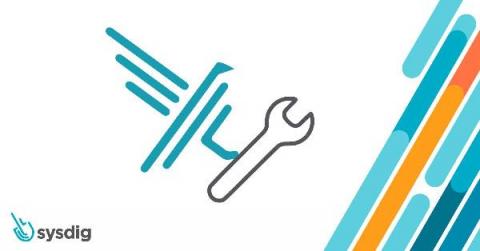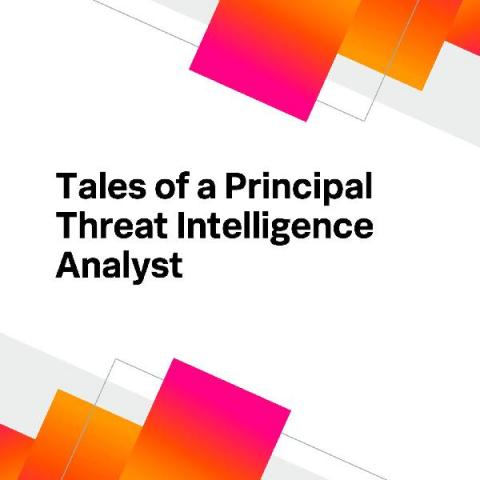Operations | Monitoring | ITSM | DevOps | Cloud
Latest News
Automated Falco rule tuning
We recently released the automated Falco rule tuning feature in Sysdig Secure. Out-of-the-box security rules are a double-edged sword. On one side, they allow you to get started right away. On the other, it can take many working hours to learn the technology, configuration, and syntax to be able to customize the rules to fit your applications. Falco’s default security rules are no different.
CVE-2021-31440: Kubernetes container escape using eBPF
In a recent post by ZDI, researchers found an out-of-bounds access flaw (CVE-2021-31440) in the Linux kernel’s (5.11.15) implementation of the eBPF code verifier: an incorrect register bounds calculation occurs while checking unsigned 32-bit instructions in an eBPF program. The flaw can be leveraged to escalate privileges and execute arbitrary code in the context of the kernel.
Can They Really See That Data? Auditing Access Controls Across Environments
How South Dakota Bureau of Information and Telecommunications deploys Elastic to secure endpoints
The South Dakota Bureau of Information and Telecommunications (BIT) provides quality customer services and partnerships to ensure South Dakota’s IT organization is responsive, reliable, and well-aligned to support the state government’s business needs. The BIT believes that “People should be online, not waiting in line.” The bureau’s goals for the state's 885,000 residents include.
SolarWinds and the Secure Software Supply Chain
In early 2020, threat actors breached the build systems of Solarwinds and used this access to add malicious code into one of SolarWinds products. The product, called “Orion”, is very widely used and deployed by tens of thousands of companies, including many Fortune 500 companies.
ProblemChild: Generate alerts to detect living-off-the-land attacks
In an earlier blog post, we spoke about building your own ProblemChild framework from scratch in the Elastic Stack to detect living off the land (LOtL) activity. As promised, we have now also released a fully trained detection model, anomaly detection configurations, and detection rules that you can use to get ProblemChild up and running in your environment in a matter of minutes.
Total Economic Impact study: Elastic delivers 10X performance with up to 75% cost savings
Ten times faster at a fraction of the cost. If you want a headline as to why you should consider adopting Elastic for security and observability, that is it. We often work with our customers to help them establish the business value of Elastic within their organizations. We commissioned Forrester to conduct a Total Economic Impact (TEI) study of our security and observability solutions so our customers have an unbiased view that they can share with their internal stakeholders.
Tales of a Principal Threat Intelligence Analyst
At Splunk, we’re constantly on the hunt for new and emerging threats — tirelessly developing detection techniques to zero in on bad actors, while sharing key intelligence around cybercrime activity. But because threat intelligence can relate to so many different things — ranging from spear phishing campaigns to dark web dealings — it can be a challenge to cover and define all the specifics of what (or who) to look out for.










